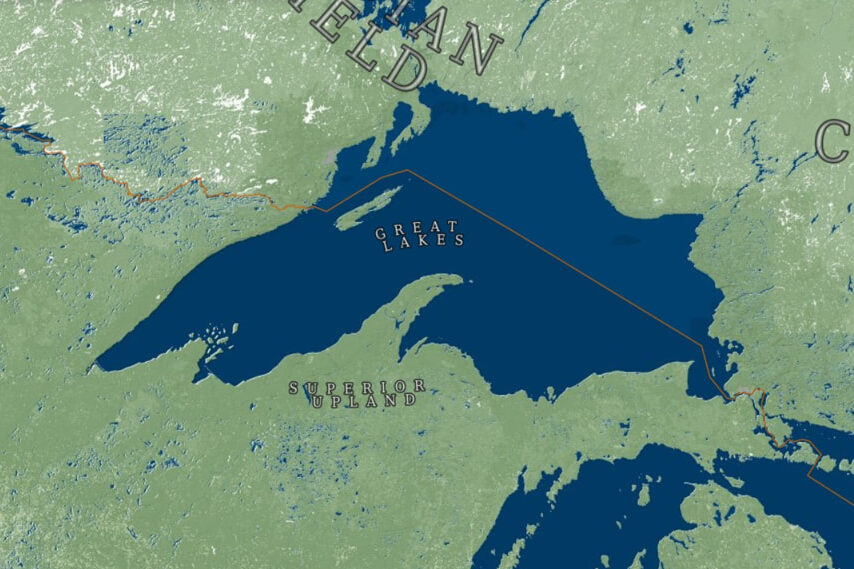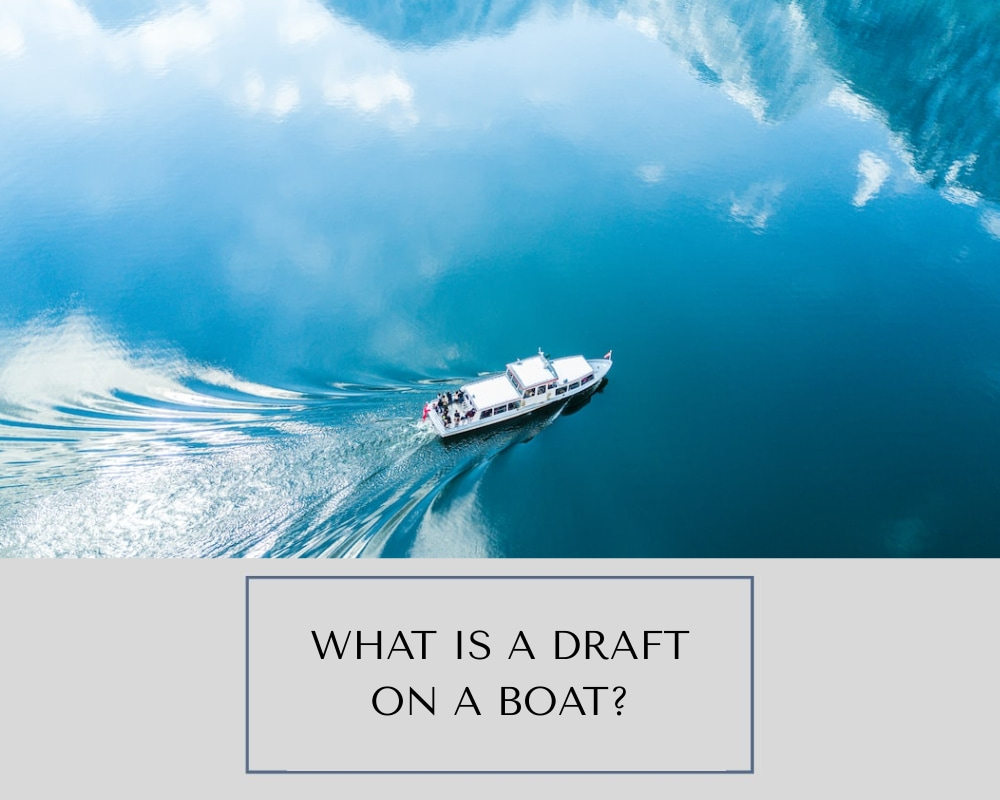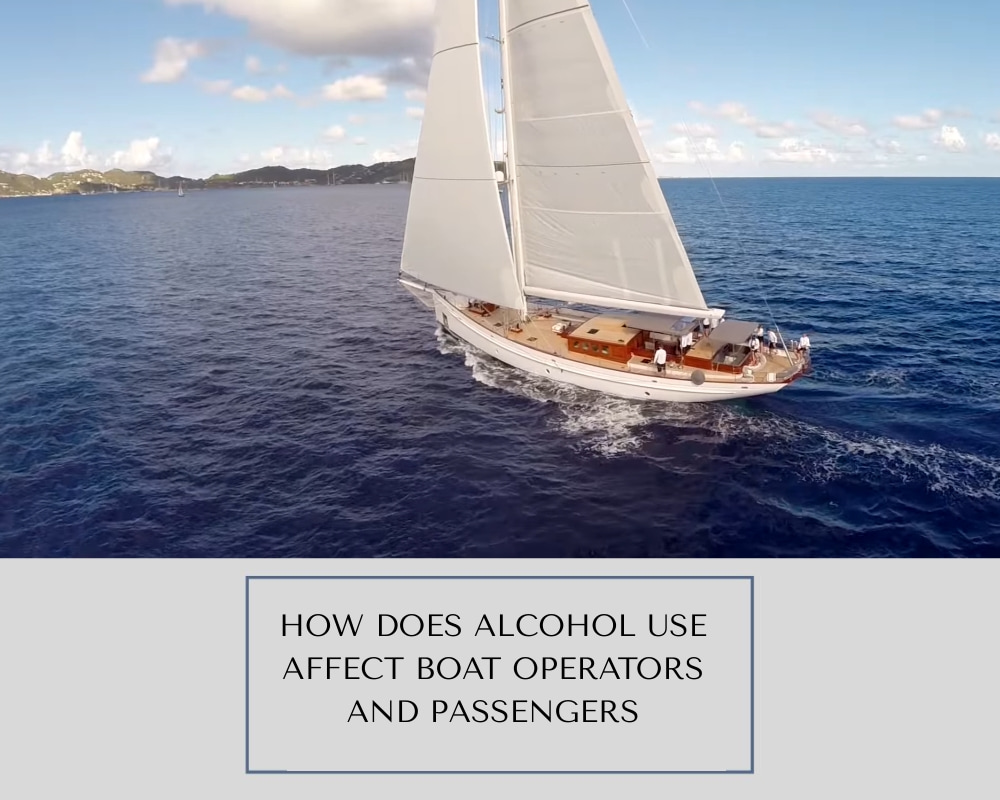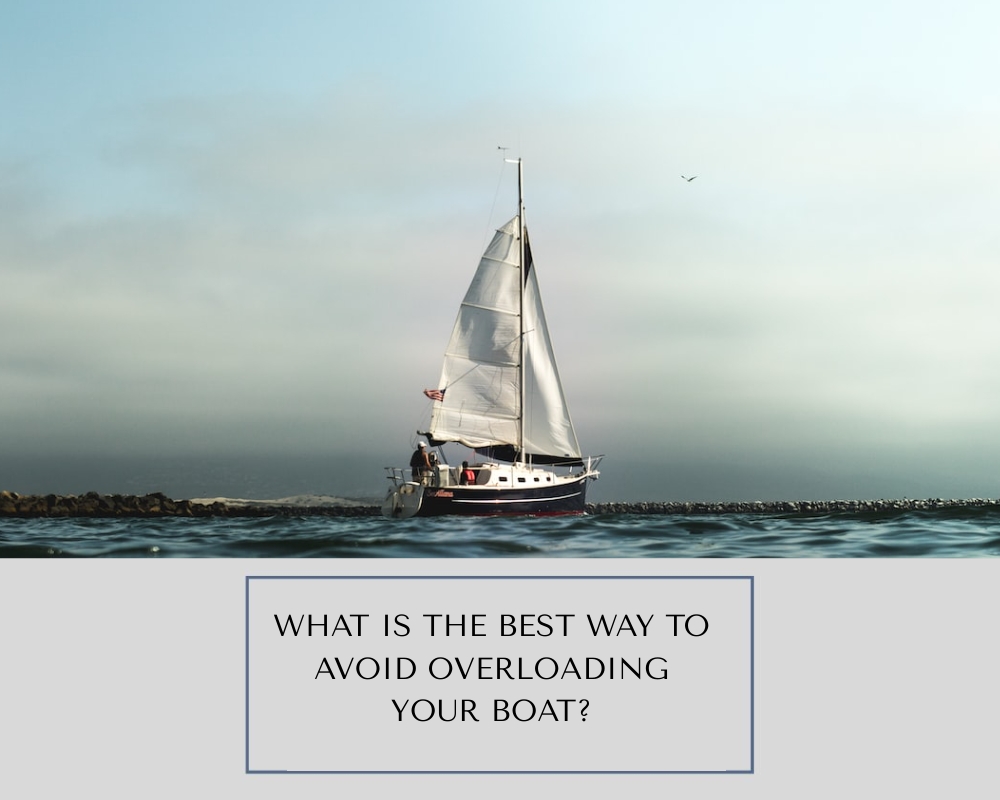The concept of boat draft revolves around a fundamental measurement – the vertical distance between the waterline and the lowest point on a boat’s hull. In essence, it encapsulates the depth at which a boat sits in the water when it is loaded with passengers, cargo, or equipment. This seemingly straightforward measurement, though, holds significant implications for those embarking on maritime journeys. Understanding a boat’s draft is of paramount importance for several compelling reasons.
The Importance of Draft in Boating
The depth of a boat’s draft is a fundamental factor, acting as a cornerstone upon which many aspects of boating rely. It directly influences both the performance and safety of the vessel, offering a myriad of critical benefits.
1. Stability: The aspect of stability is pivotal in the world of boating, and a boat’s draft plays a substantial role in determining this crucial factor. In broad strokes, boats with a deeper draft tend to be more stable, providing them with the inherent capability to navigate and endure the challenges posed by rough waters and adverse weather conditions. This augmented stability is of particular consequence during ocean voyages and open-water excursions, where conditions can be unpredictable and turbulent.
2. Navigational Considerations: When venturing across diverse water bodies such as rivers, lakes, or coastal areas, the knowledge of a boat’s draft takes on a heightened significance. Understanding this dimension is pivotal for boaters seeking to navigate with precision and avoid potential pitfalls in the form of shallow areas and submerged hazards lurking beneath the water’s surface. By taking draft into account, boaters can chart a safe course through their chosen waters.
3. Weight Distribution: Draft profoundly influences a boat’s weight distribution. A boat with a deeper draft often exhibits the ability to carry more weight without undermining its stability. This characteristic is of particular relevance for boats engaged in various activities where substantial cargo or numerous passengers come into play. By accommodating added weight without compromising balance, a boat’s draft contributes to its versatility and adaptability.

How to Measure Boat Draft
The process of measuring a boat’s draft is straightforward, requiring the determination of the vertical distance from the waterline to the lowest point on the boat’s hull. This measurement is typically expressed in units such as feet or meters, offering boaters a clear understanding of their boat’s depth in the water.
Types of Draft
Boat drafts come in two primary varieties, each with its unique characteristics and intended purposes.
1. Shallow Draft Boats: Shallow draft boats, as the name implies, are characterized by a minimal vertical distance between the waterline and the hull’s lowest point. This design feature allows them to expertly navigate in shallow waters, making them an ideal choice for activities like fishing in creeks or exploring marshy and narrow waterways. Shallow draft boats excel in regions where other vessels might falter due to their depth.
2. Deep Draft Boats: Conversely, deep draft boats possess a substantial vertical distance between the waterline and the hull’s lowest point. These vessels are meticulously engineered for the purpose of deep-water navigation and are often employed for activities like offshore cruising, where the primary objective is traversing open seas and deep, open waters. The deep draft equips them to handle the challenges of more profound maritime environments.

Draft and Navigational Challenges
Understanding a boat’s draft is essential for steering clear of navigational challenges. Boaters must remain acutely aware of the water depths within the areas they intend to navigate, ensuring that their vessel’s draft is compatible with the journey’s requirements. Failing to account for this vital parameter in waters shallower than the boat’s draft can accommodate may lead to grounding, potentially causing damage to the vessel and compromising the safety of those on board.
Draft in Relation to Water Depth
Boat draft and water depth share a symbiotic relationship. When planning a boating excursion, it is essential to consider not only the boat’s draft but also the actual water depth. For safe navigation, a boat’s draft should ideally be less than the available water depth, minimizing the risk of running aground and ensuring that the journey proceeds smoothly.
Impact of Draft on Safety
Above all, safety is the preeminent concern in the realm of boating. An incorrect or ill-considered draft can place both passengers and the vessel in jeopardy. Boaters must be well-informed about their boat’s draft and should take the specific conditions of their journey into account. Whether cruising through shallow waters or navigating deep-sea expanses, the knowledge and respect of a boat’s draft are indispensable for securing a safe and enjoyable boating experience.
Draft vs. Displacement
It’s common for the draft to be confused with another fundamental boating concept – displacement. These two elements, while related, represent distinct aspects of a vessel’s characteristics. Draft pertains to the depth of the boat in the water, signifying how deeply it sits, while displacement relates to the weight of the water displaced by the boat’s hull. Both factors are integral in understanding a boat’s properties comprehensively, each providing unique insights into the vessel’s capabilities and performance.
Draft Adjustment Techniques
In certain circumstances, boaters may find it necessary to adjust their boat’s draft to meet the specific demands of their journey. These adjustments can be made through a variety of means, such as redistributing cargo, altering the boat’s ballast, or, in the case of sailboats, adjusting sail settings. Such measures are invaluable for fine-tuning a boat’s draft to precisely match the navigational requirements, providing both adaptability and versatility in maritime exploration.
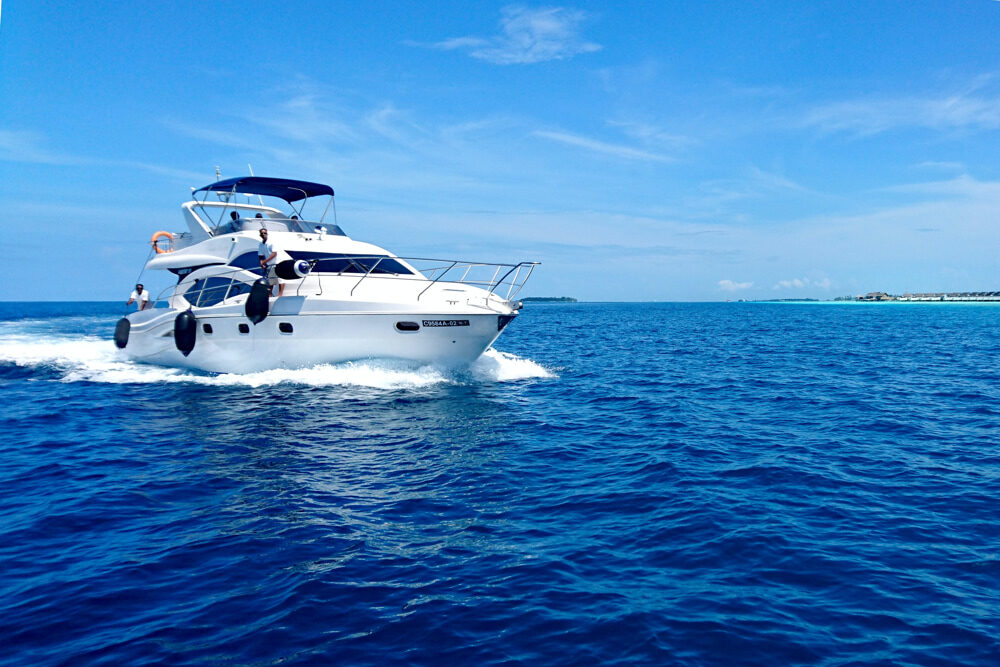
Conclusion
In summary, a boat’s draft stands as a vital parameter, wielding a substantial influence over its performance, stability, and safety. Boaters must possess a clear understanding of their boat’s draft and its relationship to the waters they intend to traverse. Whether you are navigating shallow creeks or embarking on deep-sea adventures, familiarity with and respect for your boat’s draft is essential to guarantee a safe and enjoyable boating experience.
